Understanding NVMe Technology
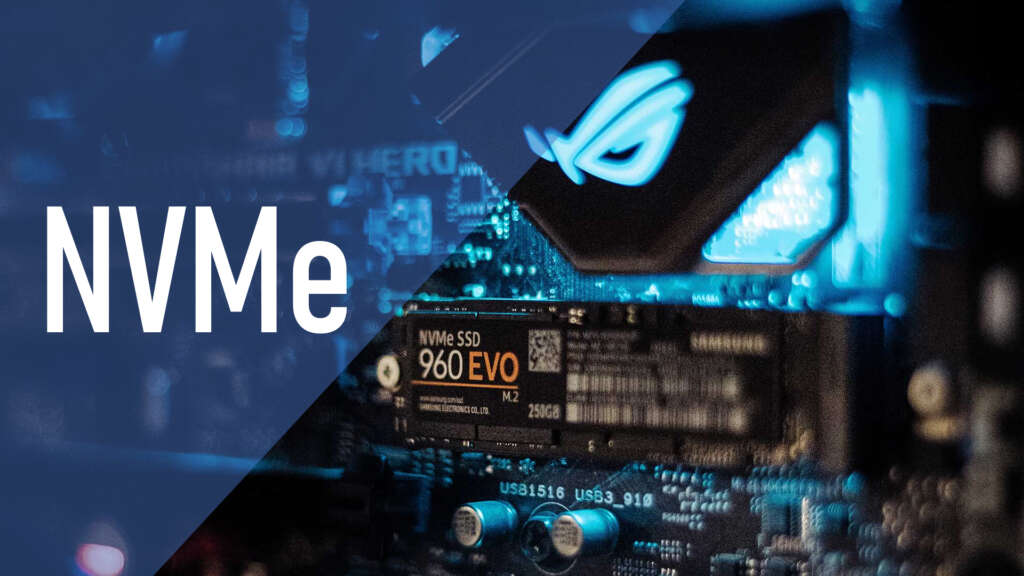
As business data requirements expand, companies must seek more efficient methods to capture and preserve their data to enhance performance.
This is where NVMe storage steps in, designed to provide quicker transfer speeds and numerous other advantages compared to SATA (Serial Advanced Technology Attachment), the prevailing industry standard for storage systems.
In this article, we will delve into the intricacies of NVMe, explore its advantages, and examine its offerings. Let’s dive in!
Jump To...
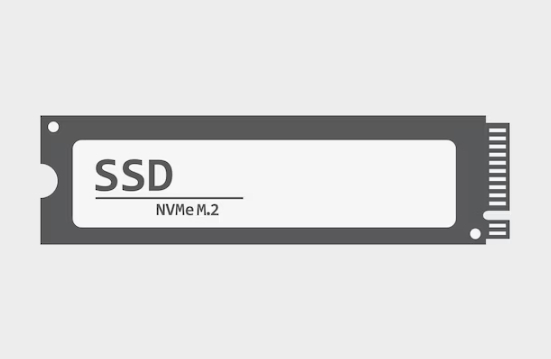
A Deeper Dive into NVMe Storage
NVMe, or Non-Volatile Memory Express, represents an advanced host controller interface and storage transfer protocol that facilitates high performance and accelerated data transfer speeds between enterprise and client systems.
Functioning as a storage interface, NVMe connects to a PCIe slot on the motherboard and outperforms traditional SATA and SAS storage devices.
Utilized primarily for flash storage and next-generation solid-state drives (SSDs), NVMe storage ensures low-latency data pathways, enhanced storage interfaces, and heightened performance for enterprise workloads, regardless of their scale.
How NVMe Operates
The NVMe transfer protocol leverages the PCIe bus, or PCI Express, enabling multiple parallel command queue paths. Unlike hard disk drives and conventional all-flash architectures, which are constrained to a single command queue, NVMe storage systems offer superior performance and reduced latency.
Moreover, the NVMe specification incorporates non-volatile memory across all computing environments. As a result, NVMe storage is compatible with diverse computer systems and adaptable to emerging technologies.
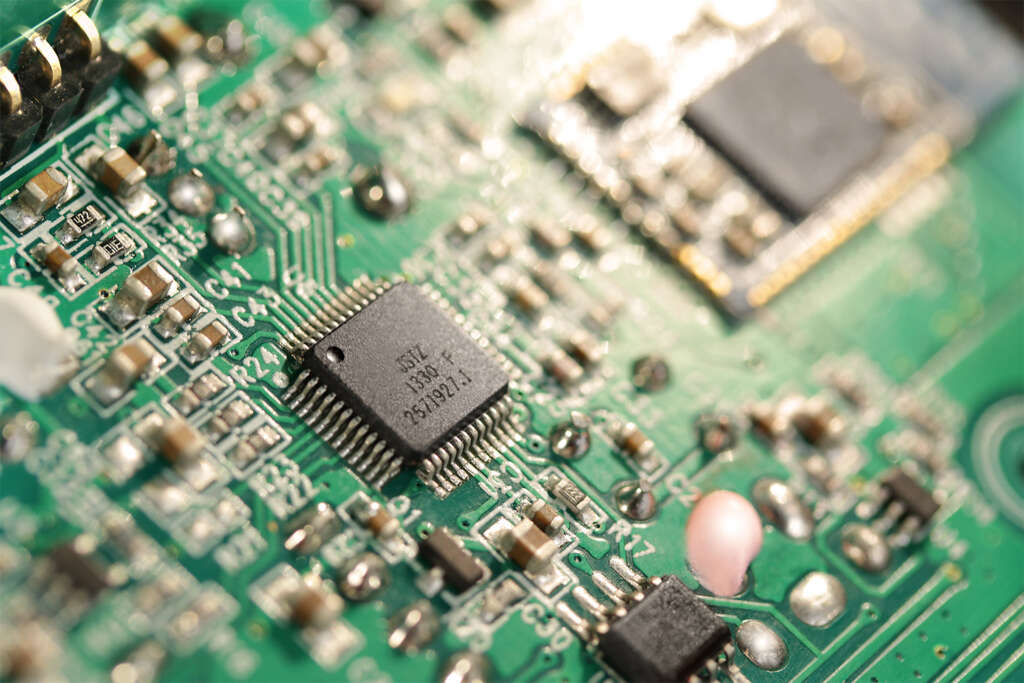
NVMe Over Fabric (NVMe-oF)
NVMe over Fabrics (NVMe-oF) is an extension of the NVMe specification designed to enhance the performance of NVMe SSDs by reducing latency.
NVMe-oF utilizes protocols such as Ethernet, Fibre Channel, and InfiniBand to enable remote access to NVMe storage devices, allowing for faster data transfer speeds and lower latency compared to traditional storage protocols.
NVMe Over Fibre Channel (NVMeFC)
NVMe commands are segmented into distinct sets of specifications, enabling NVMe drives to segregate and adapt command sets for emerging technologies. The operational flow is as follows:
Initially, the host establishes I/O Command queues and doorbell registers. Subsequently, the NVMe controller chip selects the queues, processes them, and transmits I/O Completion queues back to the host. Finally, the host logs the Completion queues and resets door registers.
This streamlined and rapid process facilitates high performance and reduced overhead for NVMe drives compared to SAS and SATA drives.
NVMe Physical Formats
NVMe is presently the prevailing standard for PCIe bus solid-state drives across various form factors. These encompass the following:
2.5” – The 2.5” form factor stands as the predominant NVMe configuration, accommodating most laptops and PCs. It bears a resemblance to a hard disk drive (HDD) and links via SATA cables, rendering it convenient for a wide user base.
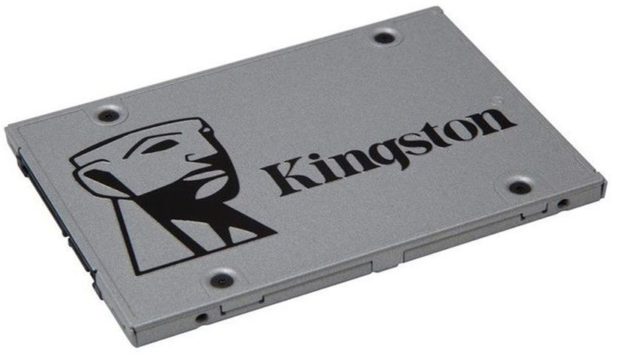
M.2 – M.2 represents one of the prevalent NVMe form factors, particularly favored for slim notebooks and laptops due to its compact size, which is smaller than the 2.5” form factor.
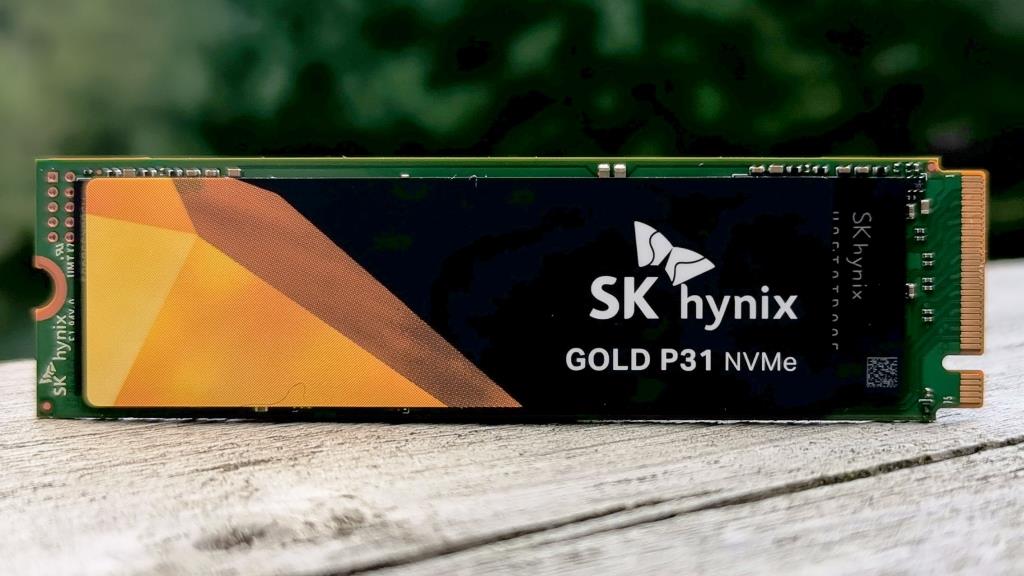
mSATA – mSATA drives, short for mini-SATA, are compact versions of full-size SATA SSDs. They maintain compatibility with SATA interface options and are tailored for use in smaller devices with constrained storage systems and capacity.
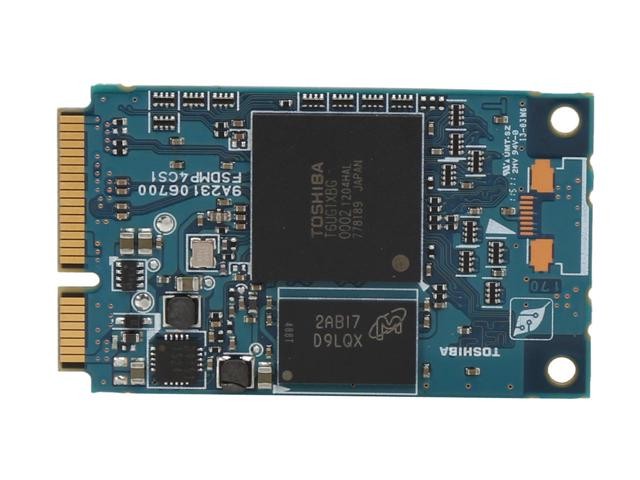
U.2 – U.2 SSDs resemble 2.5” drives in appearance but are slightly thicker. They utilize the PCIe interface for data transmission and are primarily deployed in enterprise environments and high-performance workstations requiring both speed and ample storage capacity.
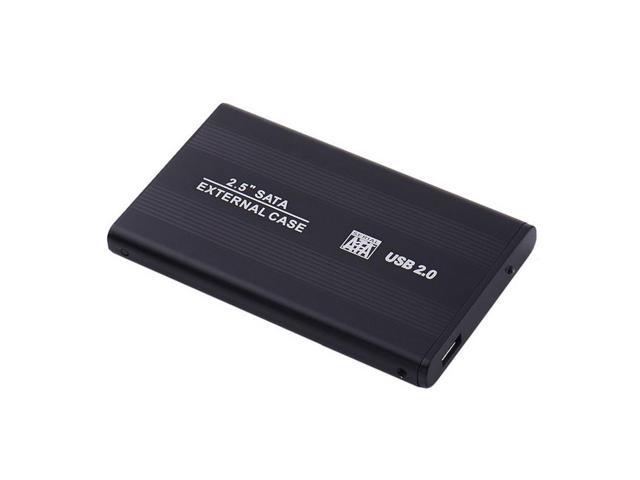
Comparing SATA SSDs and NVMe SSDs
Both SATA SSDs and NVMe SSDs are types of storage devices, but they differ significantly in terms of performance and underlying technology.
NVMe SSDs, or Non-Volatile Memory Express Solid State Drives, are designed specifically for SSDs with flash technology, offering much faster performance compared to SATA SSDs. NVMe drives utilize the NVMe protocol, which is optimized for modern SSDs and offers lower latency and higher throughput compared to the AHCI protocol used by SATA SSDs.
SATA SSDs are an older technology introduced to enhance the performance of Parallel ATA technology. They were developed to enhance HDD performance, resulting in a noticeable performance gap compared to NVMe SSDs.
Additionally, the NVMe protocol is NVMe-optimized for Non-Uniform Memory Access (NUMA), enhancing its performance when multiple CPU cores share data with low latency. In contrast, SATA drives lack this capability.
Pros and Cons of NVMe
Now that we’ve explored various facets of the NVMe interface and network fabrics, let’s delve into how you can leverage NVMe storage to your benefit and the potential drawbacks it may entail.
NVMe Benefits:
- NVMe enables twice the speed of data transfer compared to SATA drives due to its efficient transfer protocol
- .NVMe storage devices exhibit extremely low latency, measured in just microseconds.
- NVMe offers superior management, data, and storage efficiency, optimizing resource utilization.
- With significantly higher bandwidth than SATA and SAS devices, NVMe delivers faster data access.
- NVMe supports various form factors such as U.2 and M.2, providing versatility in device integration.
- It facilitates tunneling protocols, enhancing privacy and security for data transmission.
NVMe Drawbacks:
- Legacy systems may lack support for NVMe technology, limiting compatibility.
- Storing large data volumes in NVMe-based data centers can incur higher costs compared to traditional storage solutions.
Applications of NVMe
NVMe storage finds its primary utility in high-performance environments, particularly well-suited for large enterprises managing their data centers, requiring both speed and dependability. Additionally, some other notable use cases encompass:
- eCommerce, financial, and software sectors.
- Artificial Intelligence (AI).
- Machine Learning (ML).
- Big data analytics.
- Advanced analytics applications.
- DevOps practices.
- Data centers managing extensive server arrays.
What Makes NVMe Significant?
In an era of rapid technological advancement, the storage demands of large enterprises are escalating at an unprecedented rate. Despite adopting high-performance SSDs, these enterprises often encounter issues such as suboptimal performance, elevated latency, and unsatisfactory service quality.
This is where NVMe shines. NVMe addresses the challenges posed by power-hungry and storage-intensive applications, enabling enterprises to meet growing data demands while maintaining optimal performance.
NVMe is particularly crucial for cloud systems, edge data ecosystems, and compute-intensive enterprises, where fast and reliable storage solutions are paramount. By leveraging NVMe, these entities can benefit from non-volatile storage media and achieve blazing-fast performance.
Having gained insight into NVMe’s workings, applications, and significance, you now have a deeper understanding of this transformative technology. NVMe stands as a cornerstone of the modern digital landscape, facilitating seamless operations for large enterprises and enabling unprecedented data transfer speeds.
With its array of unique features, NVMe outshines traditional storage interfaces like HDD, SATA, and SAS. As a result, many businesses and individuals prefer NVMe for their storage needs, with industry professionals endorsing its superiority.
Frequently Asked Questions
NVMe TCP, or NVMe/TCP, extends the NVMe base specification by defining how the NVMe protocol can be bound to message-based fabrics using TCP. This extension outlines the procedures for mapping NVMe queues, creating NVMe-oF (NVMe over Fabrics) capsules, and specifying the delivery methods for these capsules.
A PCIe-based SSD is a rapid expansion card linking a computer to its peripherals. Like other SSDs, it utilizes flash memory for storing applications and files. However, it distinguishes itself by accessing the computer’s PCIe slot. This slot is commonly utilized for memory, chips, and high-speed video cards.
Most computers feature both primary and secondary storage systems. The primary storage system, termed Random Access Memory (RAM), houses the operating system, applications, programs, and data currently in use by the computer. RAM enables computer processors to swiftly access tasks currently running.
In contrast, the secondary storage system is responsible for storing long-term data. It permits users to save their work for future access.
Therefore, RAM facilitates current tasks, while secondary storage enables users to resume tasks at a later time.




